Medication Warning Sticker Decoder
Understand what the warning stickers on your prescription bottles mean. Different colors indicate different levels of risk. Select the sticker color to learn what it means for your medication safety.
Sticker Meaning
Select a sticker color to see what it means for your medication safety.
When you pick up a prescription, the label on the bottle isn’t just a piece of paper with your name and dosage. It’s a safety tool. And if you’re not sure what the symbols, colors, and tiny text mean, you’re not alone. Millions of people miss critical warnings because labels are confusing, too small, or inconsistent. The good news? Things are changing-fast. By 2025, every pharmacy in the U.S. will be using clearer, standardized labels designed to keep you safe.
What’s on Your Prescription Label Right Now?
Your prescription label should have a few basic things: your name, the drug name, how much to take, how often, and the prescriber’s name. But that’s just the start. Behind those basics are layers of safety info you might not notice.
Look for the warning stickers. These are the bright orange or red labels stuck right on the bottle. In Connecticut, since January 2024, every opioid prescription must have a fluorescent orange sticker that’s exactly 1¼ inches in diameter. It says something like: CAUTION: OPIOID Risk of Overdose and Addiction. That sticker isn’t optional-it’s the law. And it’s not just Connecticut. As of 2023, 27 states require similar warnings on controlled substances.
Other labels might say Take on an empty stomach, May cause drowsiness, or Do not drink alcohol. These aren’t suggestions. They’re rules. Skip them, and you could end up in the hospital.
Why the Small Print Matters
Font size isn’t just about readability-it’s about survival. The FDA and USP now require essential info to be printed in at least 6-point font. Warnings? They need to be 8-point or bigger. Why? Because in 2023, AARP found that 68% of adults over 65 had trouble reading their prescription labels. Many had to squint, use magnifiers, or ask family members just to figure out if they were taking the right pill.
And it’s not just size. Contrast matters too. Black text on white? Perfect. Light gray on off-white? Dangerous. The new standards demand high contrast so people with low vision or color blindness can still read them. Sans-serif fonts like Arial or Helvetica are now required because they’re easier to read than fancy script styles.
Barcodes are another big change. Every label now has a GS1 DataMatrix or Code 128 barcode. That’s not just for the pharmacy’s inventory. When you scan it, the system checks: Is this the right drug? Is the dose correct? Is there a warning missing? If something’s off, the system flags it before the pill even leaves the counter.
The Big Shift: Patient Medication Information (PMI)
The biggest change coming is the FDA’s Patient Medication Information (PMI) rule. Starting January 1, 2025, every prescription in the U.S. will come with a standardized one-page summary. Think of it like a nutrition label-but for your medicine.
Here’s what it’ll include:
- What the drug is for (in plain language, not medical jargon)
- How to take it (with times of day, food notes, and what to avoid)
- Common side effects (listed by how often they happen)
- When to call your doctor (specific symptoms that mean danger)
- What to do if you miss a dose
This isn’t just nice to have. A pilot study in 15 pharmacies across seven states showed that standardized labels cut medication errors by up to 30%. That’s thousands of preventable hospital visits each year.
Right now, labels vary wildly. One pharmacy might put the warning at the bottom. Another might use tiny italics. The PMI rule ends that chaos. Every pharmacy, every chain, every small local shop-they’ll all use the same format. No more guessing.
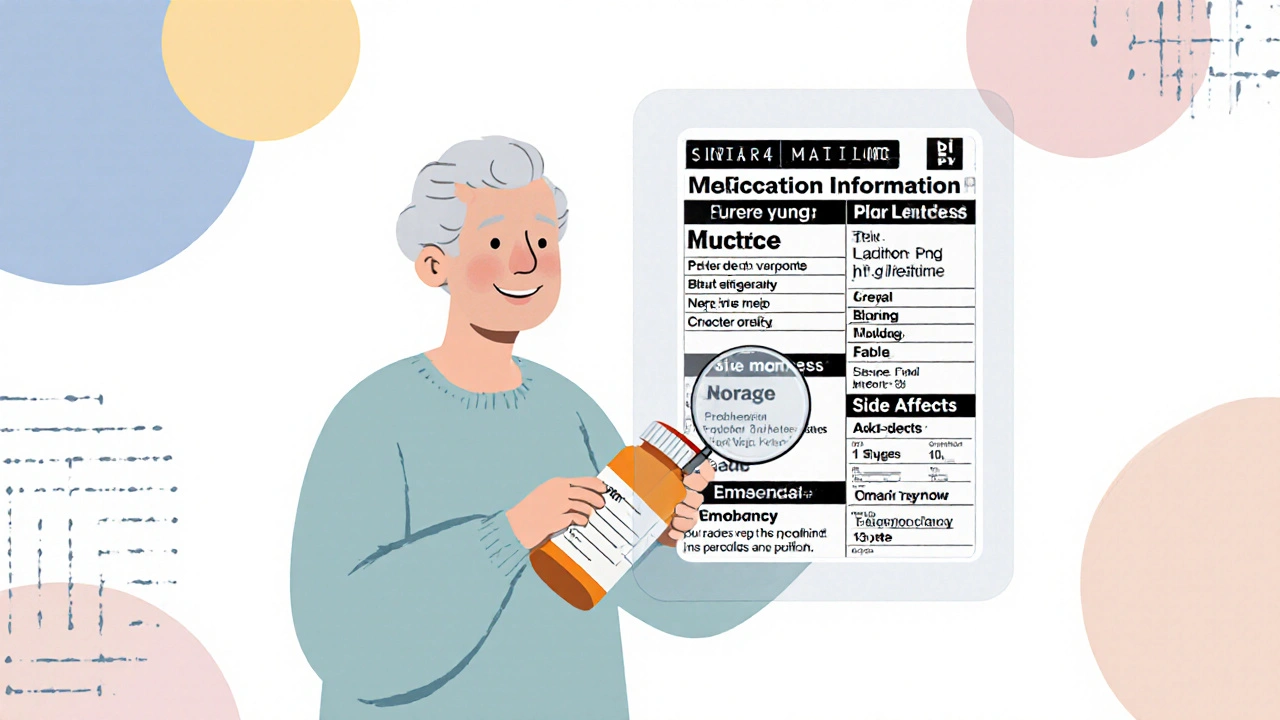
State Laws Are Outpacing Federal Rules
Even though the FDA is pushing for nationwide standards, states are moving faster. California, for example, now requires prescription labels in multiple languages. Why? A 2021 survey found that 47% of patients with limited English proficiency couldn’t understand their instructions. So now, if you speak Spanish, Mandarin, or Vietnamese, your label might have those directions printed right next to the English version.
Other states are adding QR codes. Scan it, and you’ll get a short video showing how to take the pill, what side effects to watch for, or how to store it safely. In 2024, 18% of new prescriptions included this feature. By 2027, experts predict 75% will.
But here’s the catch: if you live in a state without these rules, your label might still be confusing. That’s why understanding the basics is still critical-even if you’re not in Connecticut or California.
How to Read a Warning Sticker Like a Pro
Not all warning stickers are created equal. Here’s how to decode them:
- Fluorescent orange = Controlled substance (like opioids, benzodiazepines). This is the highest-risk category.
- Red with white text = Serious risk: overdose, addiction, life-threatening interactions.
- Yellow = Caution: possible drowsiness, dizziness, or interaction with other meds.
- Black text on white = Standard instructions or reminders (e.g., “Take with food”).
Also check the size. If a warning is smaller than a dime, it might not meet the new standards. If it’s missing entirely on an opioid prescription, ask the pharmacist. They’re required to include it.
Don’t ignore symbols either. A circle with a line through it means “do not take.” A skull and crossbones? That’s a red flag for toxicity. These aren’t decorative-they’re part of the international language of drug safety.
What to Do If You’re Still Confused
Even with better labels, confusion happens. If you’re unsure what a label means, don’t guess. Don’t rely on memory. Don’t assume it’s the same as another pill you took before.
Here’s what to do:
- Ask the pharmacist to explain the label in your own words.
- Request a printed copy of the PMI summary if it’s available.
- Use the FDA’s website to look up the drug by name and read the official patient guide.
- If you’re helping an older relative, sit with them and read the label out loud together.
- Take a photo of the label and show it to your doctor during your next visit.
Pharmacists are trained to help you understand this stuff. They’re not just filling prescriptions-they’re safety guards. Use them.
Why This Matters More Than You Think
Medication errors are the third leading cause of death in the U.S. That’s not from bad drugs. It’s from bad communication. A patient takes the wrong dose because the label looked like another one. Someone skips their heart medication because they thought it was just for “pressure.” A senior mixes alcohol with a sedative because the warning was in tiny print.
The new labeling standards aren’t about bureaucracy. They’re about survival. The FDA estimates that 95% of U.S. pharmacies will need to upgrade their systems by 2025. That’s a huge cost for small shops-but it’s worth it. Every year, 1.3 million people are injured because of medication mistakes. Most of them could’ve been prevented.
And it’s not just about the labels. It’s about trust. When you can read your own medicine instructions clearly, you feel more in control. You’re less likely to skip doses. More likely to tell your doctor if something feels off. That’s the real win.
What’s Coming Next
By 2027, labels might include augmented reality. Point your phone at the bottle, and a 3D animation shows you how the drug works in your body. That’s not sci-fi-it’s already being tested in pilot programs.
And the push for multilingual labels? That’s growing. With over 60 million Americans speaking a language other than English at home, it’s not a luxury anymore-it’s a necessity.
The bottom line? Pharmacy labels are becoming smarter, clearer, and more human. But until every label is perfect, you still need to read them. Slowly. Carefully. And if you’re not sure-ask.

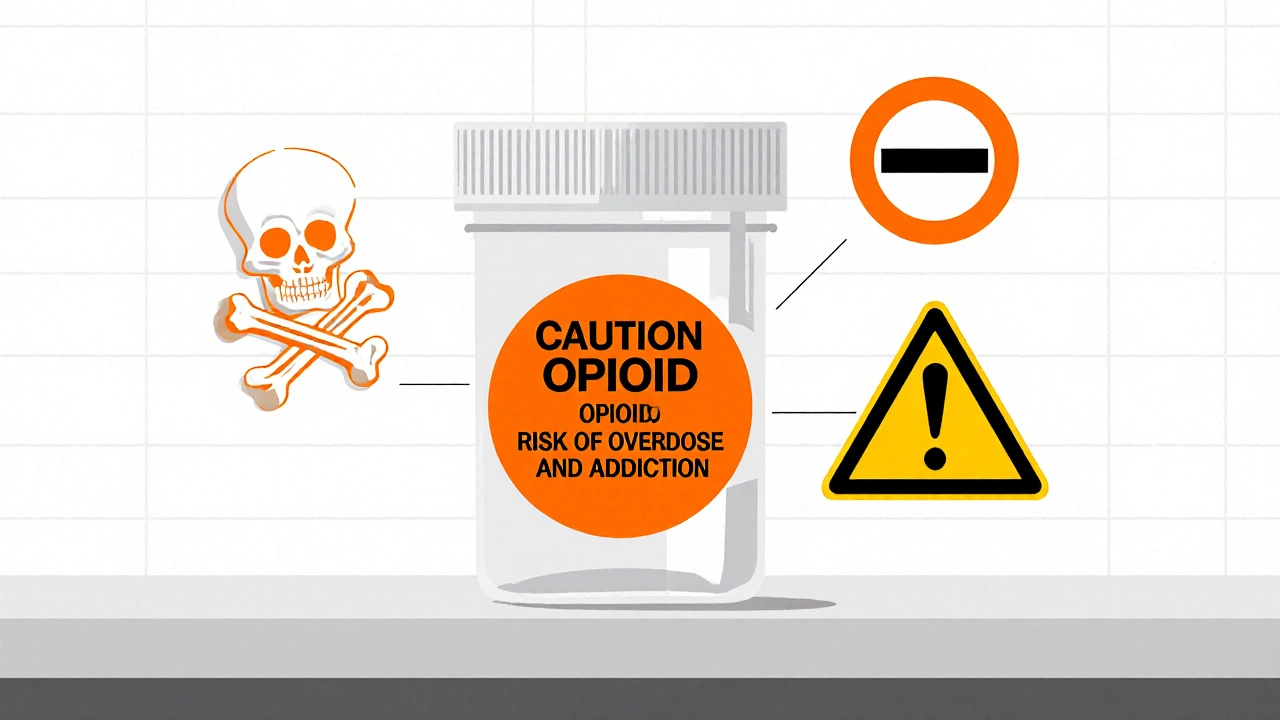
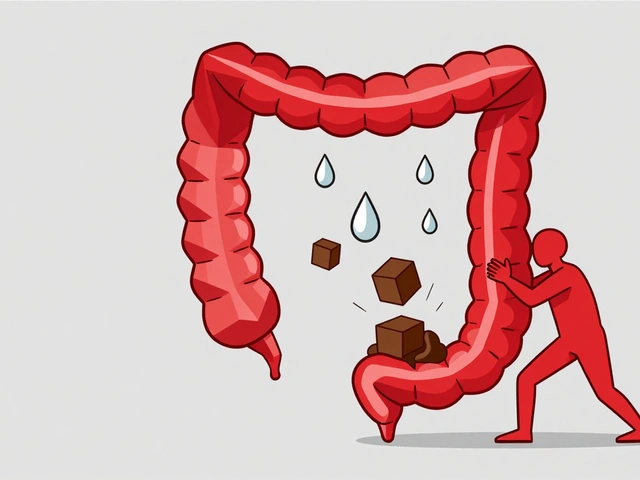

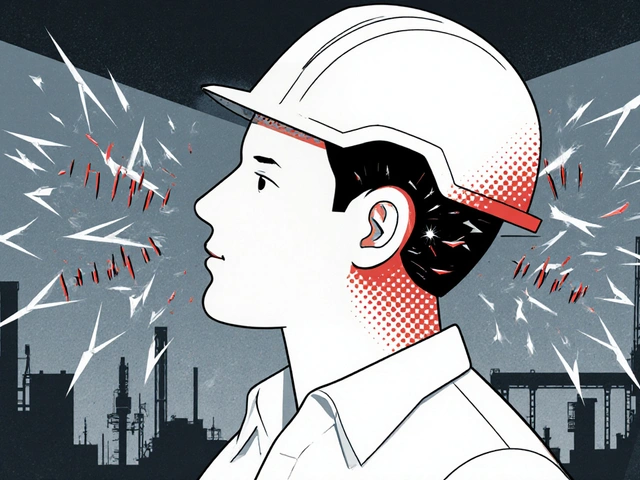

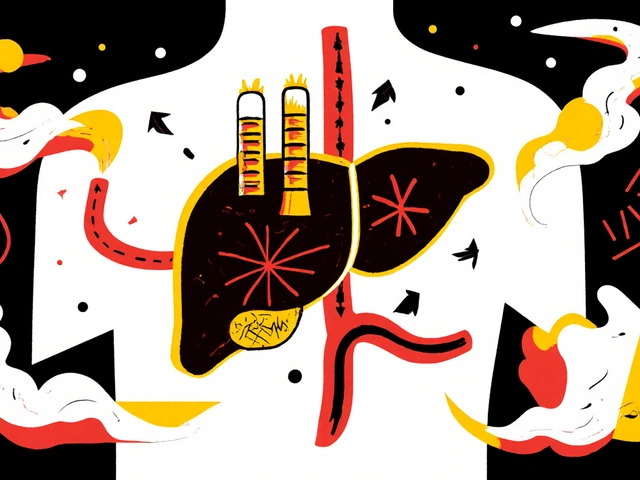
Suzan Wanjiru
November 23, 2025 AT 02:32I used to ignore those orange stickers until my mom ended up in the ER from mixing oxycodone with sleep meds. Now I check every bottle like it's a bomb defusal. That sticker isn't decoration-it's your last line of defense.
Also, if the font's smaller than a dime, ask for a bigger print version. Pharmacies are legally required to provide it.
Kezia Katherine Lewis
November 24, 2025 AT 15:25The standardization of PMI is a watershed moment in pharmacovigilance. The prior heterogeneity in labeling protocols engendered significant iatrogenic risk, particularly among geriatric and non-native English-speaking populations. The adoption of structured, evidence-based patient-facing documentation aligns with WHO guidelines on medication safety and represents a paradigm shift from provider-centric to patient-centered care models.
Moreover, the integration of multilingual labeling and QR-coded video instructions constitutes a critical step toward health equity.
Henrik Stacke
November 26, 2025 AT 12:26Oh my goodness, this is the most important thing I've read all year. I mean, seriously-how many of us have just glanced at the label and thought, ‘Eh, I’ll figure it out’? I’ve done it. My dad did it. We nearly lost him over a simple mix-up with blood pressure meds.
And now they’re adding AR? That’s not just smart-that’s beautiful. The future is here, and it’s not in sci-fi movies, it’s in the pharmacy aisle. Thank you for writing this.
Manjistha Roy
November 28, 2025 AT 06:32It's absolutely essential that we recognize the significance of standardized labeling, and I must emphasize that this is not merely a convenience-it is a matter of life and death. Many elderly individuals, particularly those with visual impairments, are at extreme risk when labels are inconsistent or illegible. The inclusion of high-contrast fonts and sans-serif typefaces is not optional-it is a moral imperative.
Additionally, the requirement for multilingual labels must be expanded nationwide without delay, as language barriers continue to be a silent killer in our healthcare system.
Jennifer Skolney
November 28, 2025 AT 13:58Just had my grandma’s new prescription today-first time I saw the PMI-style label. She read it herself for the first time in years. She cried. I cried. This isn’t just policy-it’s dignity.
Also, the QR code video showed her how to open the bottle. She’s 82. She’s proud. 😊
JD Mette
November 30, 2025 AT 11:03I never realized how much I was guessing until I started reading the labels properly. I used to take my meds with coffee because it was easier. Now I know that one can interfere with absorption. Small changes, big impact.
Good to see the system finally catching up.
Olanrewaju Jeph
November 30, 2025 AT 21:17It is imperative to underscore that the implementation of standardized pharmaceutical labeling is not merely a regulatory advancement but a fundamental human rights issue. The prevalence of medication errors due to linguistic, visual, and cognitive barriers constitutes a systemic failure in public health infrastructure.
Furthermore, the adoption of GS1 barcodes and multilingual compliance demonstrates a commendable alignment with international best practices in pharmaceutical safety, particularly in multicultural societies such as the United States.
Dalton Adams
December 1, 2025 AT 23:34Look, most people don’t even know what ‘QID’ means, and now they’re putting videos on bottles? Pathetic. This isn’t kindergarten. You want to take medicine? Learn to read. The FDA’s been pushing this for a decade-why are we still treating adults like toddlers?
Also, ‘do not drink alcohol’ isn’t rocket science. If you can’t read a 6-point font, maybe you shouldn’t be managing your own meds. Get a caregiver. Or a magnifying glass. Not a damn AR app.
And yes, I’ve read every FDA guidance document since 2018. I know what I’m talking about. 🤓
Kane Ren
December 2, 2025 AT 00:38This is the kind of change that gives me hope. Imagine a world where no one has to guess what their pills are for. Where your grandma doesn’t need help just to open a bottle.
It’s not perfect yet, but we’re moving in the right direction. Keep pushing. We’ve got this.
Charmaine Barcelon
December 4, 2025 AT 00:16Everyone’s acting like this is some big breakthrough, but honestly? This should’ve happened 20 years ago. People are dying because labels are written like a secret code. And now they’re adding QR codes? That’s cute. But what about the people without phones? Or Wi-Fi? Or common sense?
It’s not hard. Just make it BIG. Make it CLEAR. Stop being lazy. And stop pretending this is new.